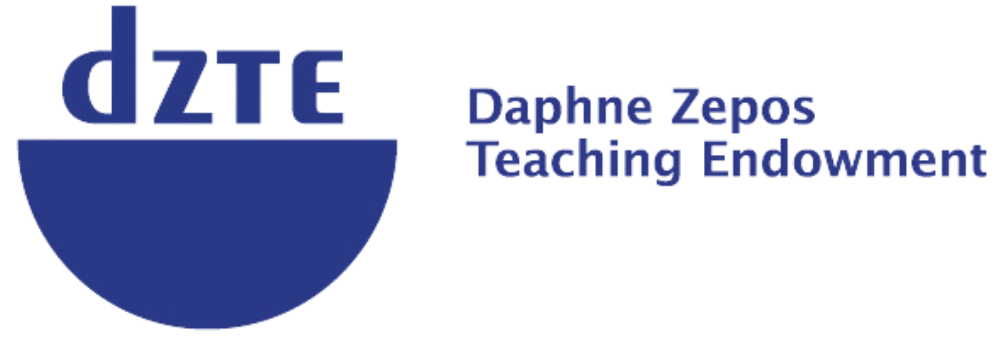Thomas Perry | 2015
Thomas’ 2015 Presentation
Thomas Perry’s Winning Vision
DZTA Proposal for Thomas Perry August 2035 For the first time in its history, the American Cheese Society has a category devoted to Native Cultured Cheeses. These are cheeses that exclusively utilize cultures derived from the native microflora of North America, thereby reflecting the region’s unique taste profile. This category recognizes the importance of the interaction between the local environment and the microbiological intricacies involved in developing a characteristic regional flavor.
It has been a long journey to this point. Almost 20 years have passed since Thomas Perry presented at the 2016 conference in Iowa stressing the importance of local and regional microbiology to achieve the truest sense of American artisan cheese. Cheesemongers in the audience, long extoling the virtues of the local products on their shelves, began to wonder if their cheeses were from as close to home as they previously thought. Meanwhile, cheese makers who prided themselves on showcasing the fullest sense of terroir in their products, initiated conversations with academics in the audience. These dialogs spurred a movement to document and catalog the molds, bacteria and other microorganisms that develop the distinctive characteristics of their cheeses.
Thomas first became interested in developing American based cultures when he asked himself what American made cheeses tasted like before the introduction of freeze-dried commercial cultures. To further his knowledge, he traveled to the Jura in France to speak with Comte producers about how their specific recipes of lactic acid bacteria best suited their milk and what made their microbial cocktails the best in their eyes. On a visit to the Agricultural Research Institute at Poligny, Thomas learned of the long, but rewarding, process of tracking and harnessing the microorganisms that best suited the raw product being produced within the region. His travels also took Thomas to the west of England, where, nearly a century earlier, traditional cheese making was saved, literally, by stealing it off the back of a truck. His interactions with the Barber family and other West Country cheese makers reinforced the importance of local microbiology. Finally, Thomas sought out American pioneers in microbial study - The Cellars at Jasper Hill in Vermont and the scientific cheese making nuns at the Abbey of Regina Laudis in Connecticut - to learn how their pursuits contributed to their own unique products that showcase their “taste of place.”
While the efforts of tracking the biological factors and processes that contribute to the character of American cheese, the greatest side benefit was the uncovering of potential hazards that made them susceptible to pathogens. The numerous “good” bacteria that added flavor were isolated and catalogued along side the previously unidentified strains of bacteria detrimental to human health. Such efforts, started at state and private universities, forged the way for interest in research and writing of more scholarly papers about the microbes in dairy to the point where no longer were dairy advocates relying on foreign sources to make their case for the safety of raw milk cheese. There is even talk of abolishing the aging requirements on raw milk cheeses from certified farms.
Though adoption of American based starter cultures has not been universally embraced, enough cheese makers have begun to rely on the new cultures that producers, connoisseurs, and regular folks alike have noticed and tasted the difference. If we want to, we no longer have to make clones of European cheeses in North America. Finally, it can be said, that there are true American original cheeses made with American knowhow, American milk and American microflora.
Follow Thomas at #thomasperryDZTA


